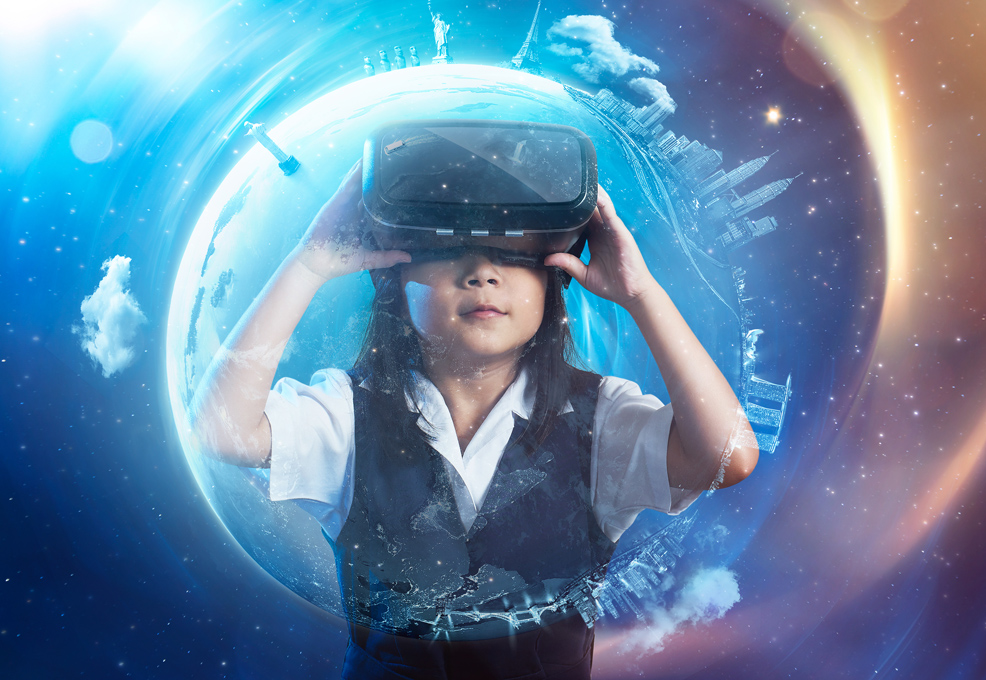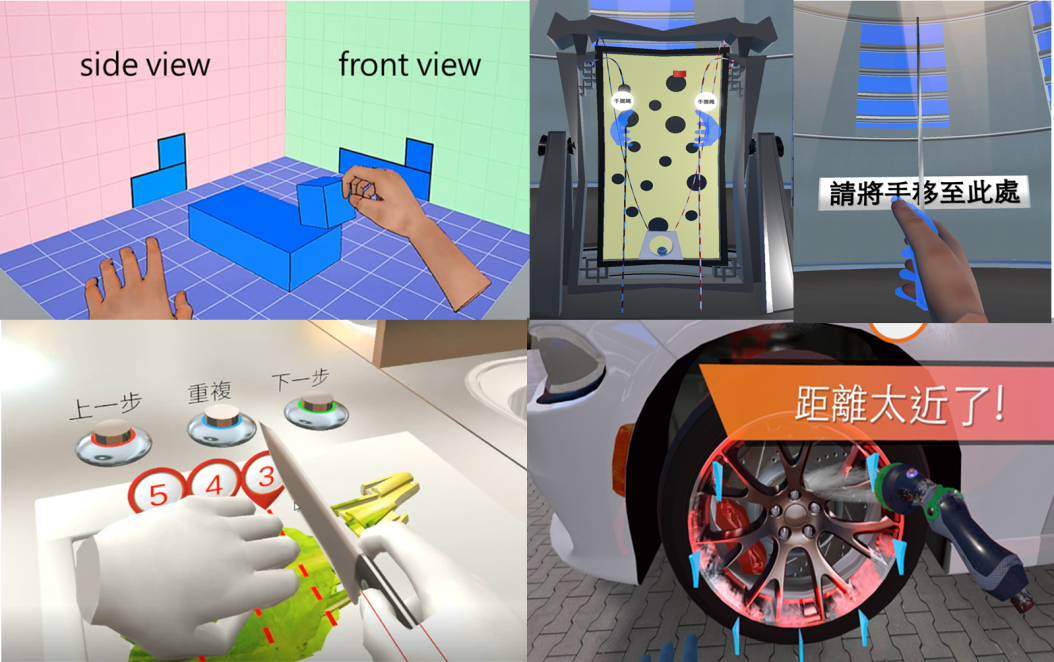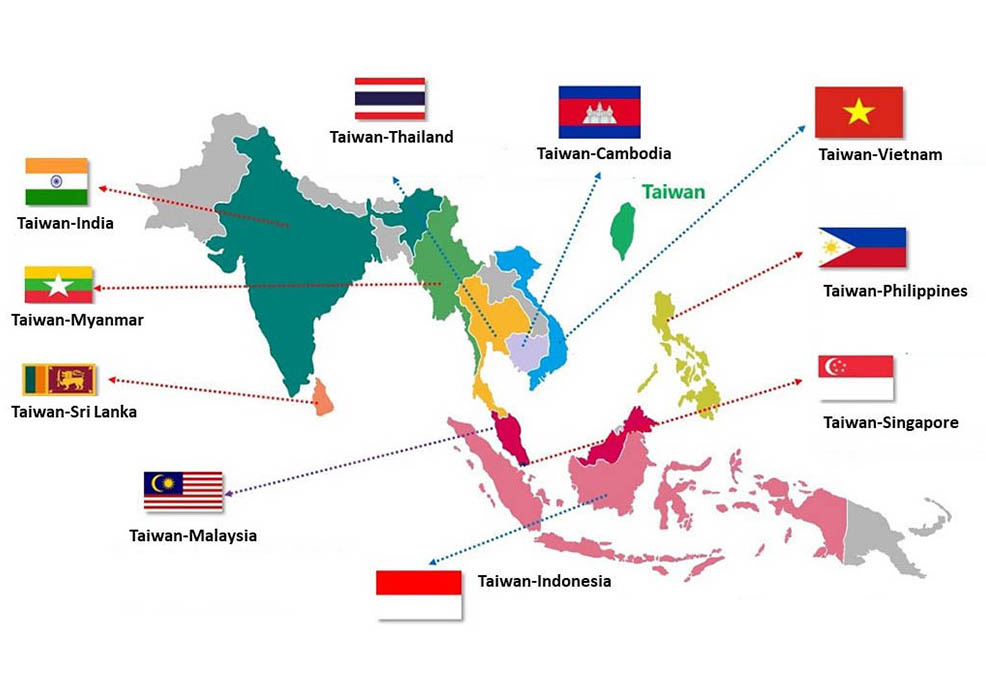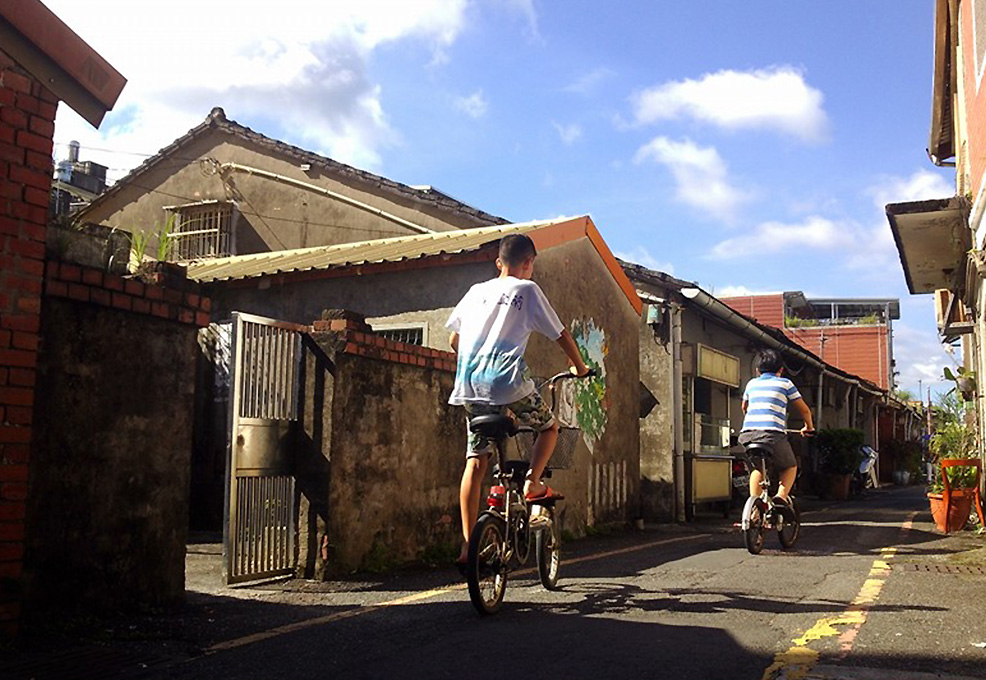New Southbound Policy Strengthens Taiwan’s Collaboration with Southeast Asian Country

Author(s)
Jon-Chao HongBiography
Prof. Jon-Chao Hong is a chair professor in the Department of Industrial Education at National Taiwan Normal University (NTNU). He is a director of the Digital Game-based Learning Laboratory, and is also a member of both the Institute for Research Excellence in Learning Sciences, and the Chinese Language and Technology Center at NTNU.
Academy/University/Organization
National Taiwan Normal University-
TAGS
-
Share this article
You are free to share this article under the Attribution 4.0 International license
- HUMANITIES & SOCIAL SCIENCES
- Text & Image
- November 22,2019
The main idea of skill training is training ones’ skill proficiency, but it needs effort. When learners are trying to perfect their skill, they might need to do the same thing repeatedly. Virtual Reality (VR) training systems have the advantage that the training materials can be saved and the procedural knowledge can first be trained in the virtual world to avoid some dangers. Based on the belief of training through VR, we have designed a series of training systems for kitchen assistants and car washing. The training systems include training mode and evaluation mode. Cognitive scaffolding is used in the training mode to train learners’ procedural knowledge, and all the steps can be learned through repetition. On the other hand, the evaluation mode removes the scaffolding and can be used to evaluate learners’ learning effect.

Numerous virtual reality (VR) technologies have arisen over the years that synergistically enable a person to experience a virtual environment. VR applications have advantages that human beings can use and interact with in a virtual environment. This new technology has brought about an unbelievable change in how we learn. It creates a virtual world, gives us much more imagination, and has the advantage of embodied learning. For general intelligence training, we designed a spatial ability training system for learners to learn about stereograms from the front view and the side view. It broke through the old learning way which let learners learn about stereograms from the three views, and it also let learners rebuild a stereogram using their own hands.
In skill learning, the operation movements and the procedures are vital to the learner. Besides, the authenticity of the learning environment may affect learners’ feelings and effectiveness. VR builds a virtual learning environment which looks like the real world; learners can experience reality and spatial orientation in this environment. VR can also stimulate learning and enhance the learning experience. In terms of learning purposes, skill training and evaluation systems in VR have three advantages: safety, procedural learning, and spatial simulation. Furthermore, (1) learners can simulate what will happen in the real world when using the VR skill training and evaluation systems while their safety can be ensured; (2) learners can learn the procedural knowledge through cognitive scaffolding; and (3) learners’ spatial orientation ability can be trained through the virtual training. Comparing learning outcomes in the real world to the virtual world, (1) skill training in the virtual world is more convenient than in the real world because learners can decide their learning pace anywhere and anytime; (2) training in the virtual world can save practical materials; and (3) the hardware and software of VR learning systems can provide an individual-centered learning environment for the learner.
Both the kitchen assistant and car washing VR training systems include training mode and evaluation mode. Learners need to log in with an account which allows the system to record the learning progress and generate a learning portfolio. Take the kitchen assistant as an example; the vegetable part has eight units, namely how to use the kitchen knife, and how to process Chinese cabbage, cucumbers, carrots, tomatoes, onions, cabbage, and string beans. Each of the units has training mode and evaluation mode. Training mode aims to scaffold learners’ procedure knowledge, so there are numbers and red lines which show the steps of how to process the vegetables. If learners cannot cut the vegetable in the order of the target, a warning sign will show on the screen and remind the learner what is wrong with his or her action. Besides, the evaluation mode aims to evaluate how much learners have learned. It therefore consists of the learner’s evaluation chart, which is helpful for the learner and teacher to keep an eye on the learner’s errors.
Overall, there are some applications of VR in learning. We hope that this new technology can be used to improve teaching and learning and to lead our education into a new era.
STAY CONNECTED. SUBSCRIBE TO OUR NEWSLETTER.
Add your information below to receive daily updates.




